
Putting the fight against HIV back on the UN agenda
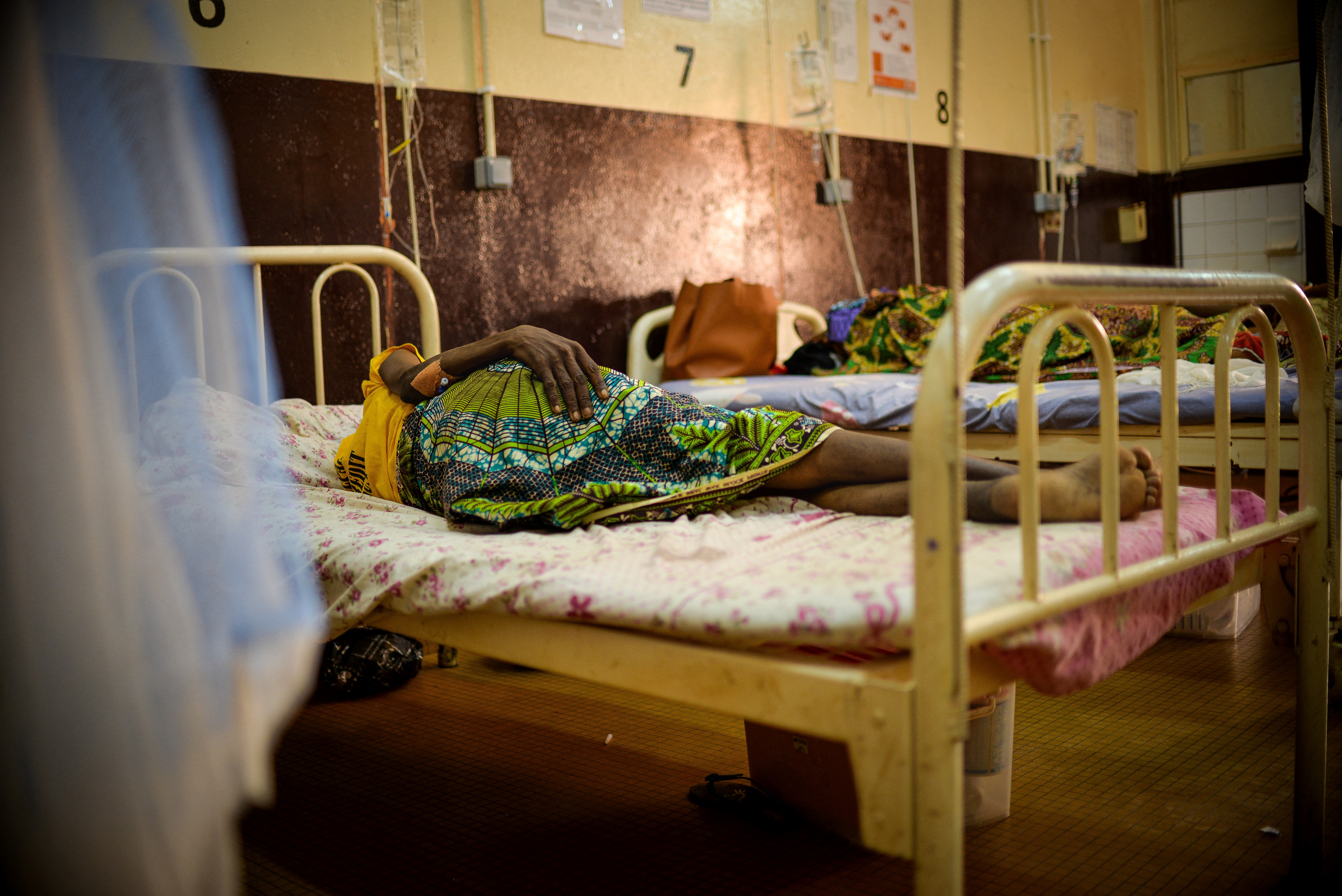
HIV remains a reality in much of sub-Saharan Africa, affecting mostly girls and young women. As climate change and conflicts top the agenda at the United Nations, more needs to be done to fight the virus, warns UNAIDS, the main UN agency working on the epidemic.
Gniwali Ndangou lives in Bangui, the capital of the Central African Republic. She is an orphan and was the only one of her siblings to have to take pills daily throughout her childhood. Her guardian told her that the medication was for malaria and headaches. It wasn’t until the age of 17 when Gniwali threatened to stop taking her medication, that her sister finally told her the truth: she was born with HIV.
Today, she works as a peer educator and community health worker at a centre for sexual education for young people, the Centre d’information et d’éducation sexuelle des jeunes CISJEU (Center for Youth Sexual Education and Information).
It offers services run by the local population, such as HIV tests and information on HIV prevention. Teenagers and young adults living with the virus are also supported by their peers to take medication and maintain treatment so that they don’t transmit the virus.
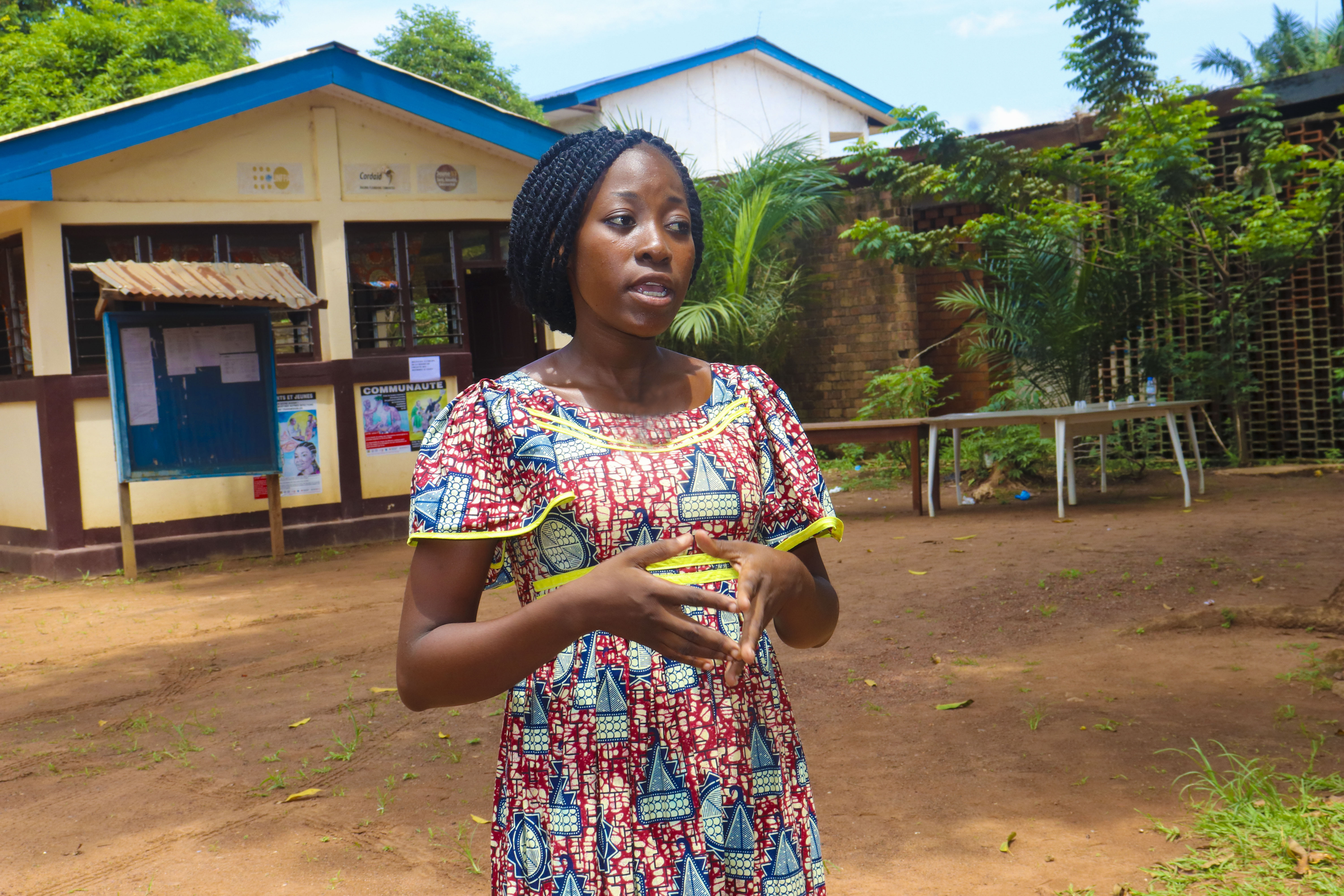
The centre saved her life and is a beacon of hope for many young people like Gniwali who are forced to live with HIV. UNAIDS says that in sub-Saharan Africa, 3,100 teenage girls and young women are still infected with the virus every week. They are three times more likely to be infected with HIV than their male peers. UNAIDS is a joint program of eleven UN organisations, including WHO, UNICEF, UNESCO, UN Women and the World Bank.
The UN Sustainable Development Goals (SDGs) aim to eliminate AIDS as a threat to public health by 2030. Given the rate of infection in parts of the world, UNAIDS is raising alarm bells and calling for more medical and financial support.
Girls at forefront of health policies
In eastern and southern Africa, HIV infection rates among 15 to 19-year-old girls are almost six times higher than among boys of the same age. Women aged 20 to 24 are more than twice as likely to be infected as men of the same age. And 86% of children born with the virus live in Africa.
“These sobering figures tell us that we absolutely need to prioritise girls and young women, especially in sub-Saharan Africa,” says Suki Beavers, Director of Equality and Rights for all at UNAIDS, in an interview with SWI swissinfo.ch in Geneva. She cites discrimination, lack of gender equality, violence and poverty as reasons why girls and young women are susceptible to HIV infection. To prevent infection by the virus, it is also important that those affected are not stigmatised, discriminated against or criminalised, says Beavers.
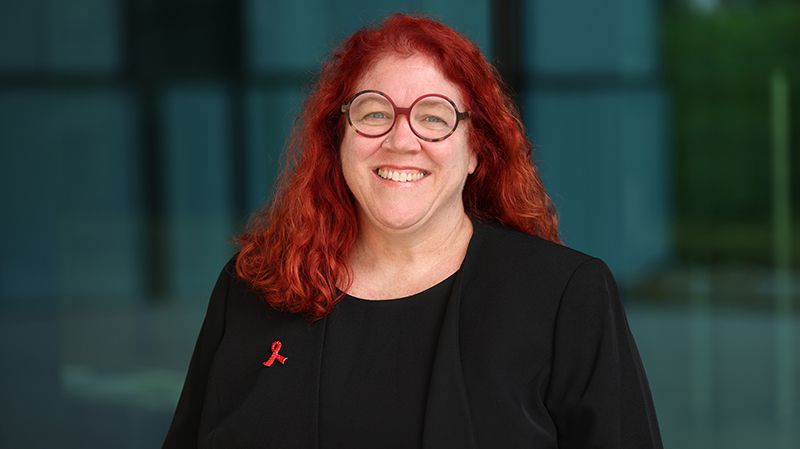
“If people have to fear being arrested when they go to get medication, they are far less likely to seek treatment and stick with it,” she says. Uganda, for example, has recently tightened laws against homosexuals.
Increase prevention
Individual measures are not enough for a sustainable HIV response, say UN organisations. They are therefore focusing on cross-sectoral approaches. “The fight against disease is as much a fight for justice and equality as it is a medical fight,” Peter Sands, Director of the Global Fund to Fight HIV, Tuberculosis and Malaria, told reporters in Geneva in September.
Beavers stresses that communities living with HIV have to be at the centre of a sustainable HIV response. In addition to women and girls, these include key populations such as drug users, sex workers and men who have sex with men. This means that communities should for example be responsible for implementing targets. These include that 30% tests and treatment and 80% of prevention measures should be led by communities themselves.
Above all, however, UN organisations are focusing on education. “It is well documented that girls are less at risk of contracting HIV if they can complete secondary school,” says Beavers. Every year that girls stay in school longer also means that they have a higher income later on. “That’s one of the points we should focus on.” According to Beavers, changes in behavioral norms are also needed, such as raising awareness on domestic violence by men.
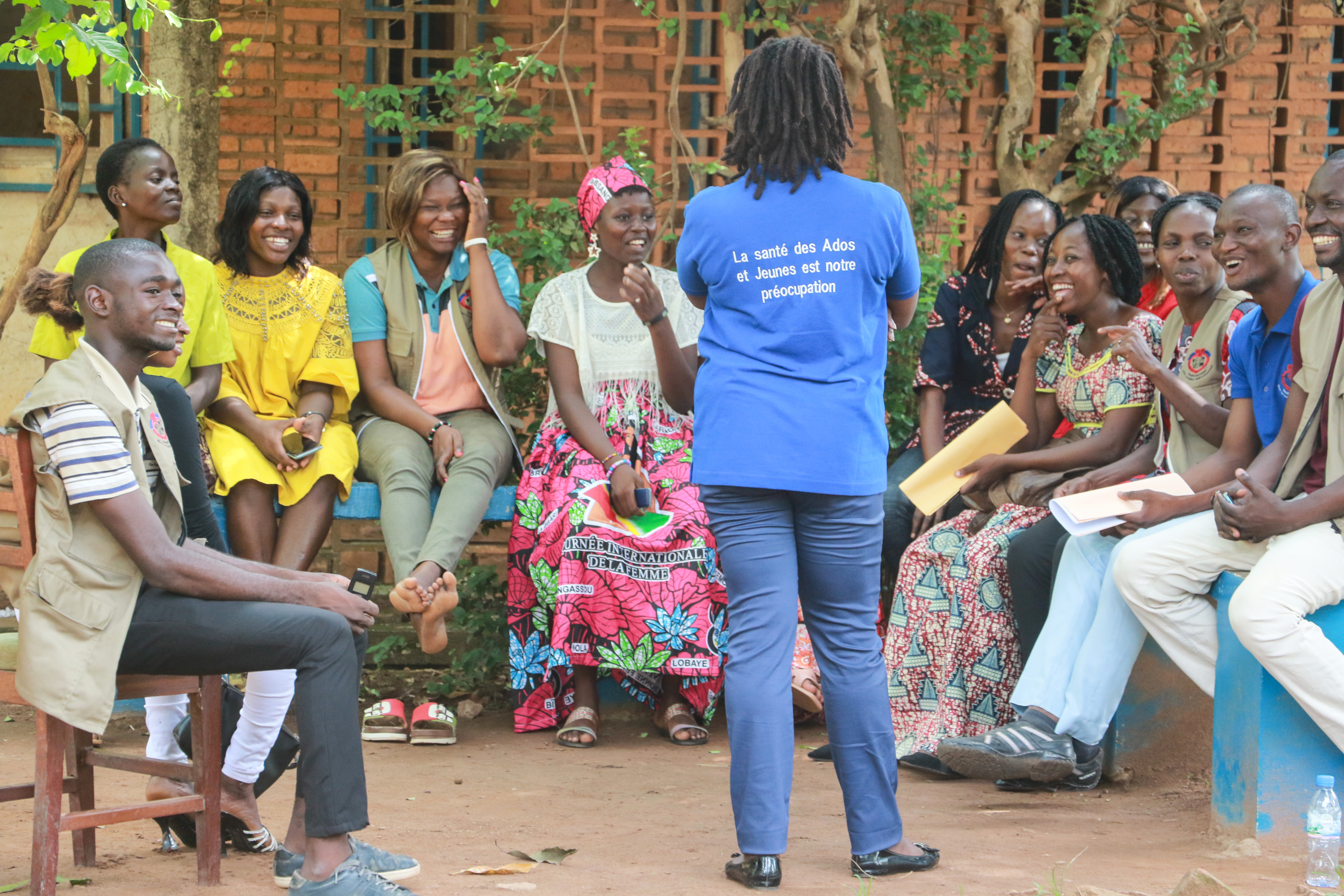
As part of its “Education Plus” initiative targeting girls and young women in sub-Saharan Africa, UNAIDS is working with governments and civil society to ensure that young people can attend and complete secondary school free of charge, especially pregnant students. Education and sport are used to promote equality between girls and boys as well as a violence-free environment. Care is taken to ensure that girls are not stigmatised due to HIV, pregnancy or because they have been raped. Furthermore, laws that require parental consent are to be repealed so that young people have access to HIV prevention and treatment.
UNAIDS could not confirm the total cost of the initiative.
The African Union, a group of 55 African countries, is supporting this initiative and a group of 15 African countries is participating. These include Cameroon, Kenya, Malawi, Senegal, Sierra Leone, South Africa, Tanzania, Uganda and Zambia. Other countries are also interested. However, structural debt and the cost of interest makes it difficult for many African countries to finance such programmes. According to UNAIDS, Angola, Kenya, Malawi, Rwanda, Uganda and Zambia currently have to spend more than 50% of their gross domestic product (GDP) on servicing their debt.
This has a direct impact on how much money countries have for gender equality and human rights initiatives and education, and therefore on the rights of women and girls in everyday life, explains Beavers.
HIV no longer on the agenda
Of the 40 million people living with HIV worldwide today, the majority, around 26 million, live in sub-Saharan Africa. Although the region has reduced new HIV infections by 56% since 2010, this success cannot be maintained if the financial scope is limited, UNAIDS warned in a report published in September. “HIV is no longer on the agenda,” regrets Beavers. Climate change and wars have pushed the issue aside, she says.
At the recent UN Summit of the Future in New York and UN General Assembly gathering, both in September, UNAIDS reminded the attendees that HIV and AIDS are not over yet. By 2025, $29.3 billion will be needed worldwide to combat the transmission of the virus. UNAIDS called on the international community to work towards affordable drug prices. Current medication must be taken daily to protect against infections caused by HIV.
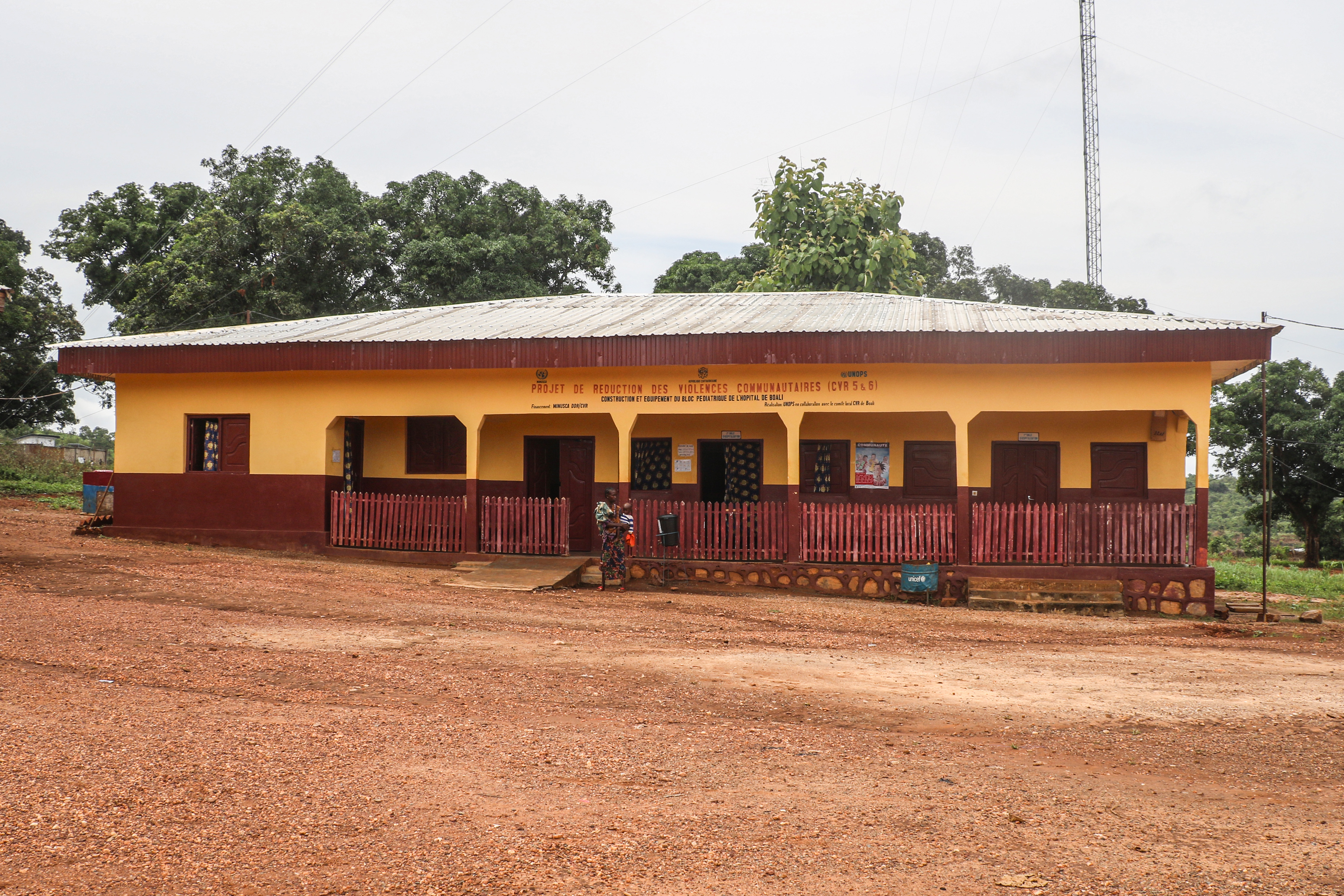
A new drug called Lenacapavir can be only administered as an injection every six months. This has the advantage that girls and women no longer have to regularly collect their medication from a clinic and therefore run less risk of being seen and stigmatised by relatives or acquaintances. However, this medication is too expensive for girls and young women, says Beavers. And the patents held by the big pharmaceutical companies prevent generics from being produced.
Development goals
According to the UN Sustainable Development Goals (SDGs), AIDS should be eliminated as a threat to public health by 2030. The aim is no more new HIV infections and no more AIDS cases by 2030. To achieve this, UNAIDS has defined several approaches, including the 95-95-95 strategy, which focuses on HIV testing and treatment of those affected.
Under this strategy, 95% of all people living with HIV should know that they are infected with HIV by 2025. Also, 95% of all people diagnosed with HIV should receive lifesaving antiretroviral treatment and 95% of all people receiving such treatment should no longer be infectious by 2025. In order to ensure this, another strategy is to reduce social and legal barriers to the use of HIV services. This should also help to ensure that at least 90% of women and girls have equal rights and are not exposed to violence.
“The commitment in the SDGs to end AIDS as a threat to public health by 2030 can be achieved,” says Beavers. But only if the political will and the necessary funding exist and the necessary policy and programmatic changes actually take place.
Edited by Virginie Mangin/sb

More
Newsletters

In compliance with the JTI standards
More: SWI swissinfo.ch certified by the Journalism Trust Initiative































You can find an overview of ongoing debates with our journalists here . Please join us!
If you want to start a conversation about a topic raised in this article or want to report factual errors, email us at english@swissinfo.ch.